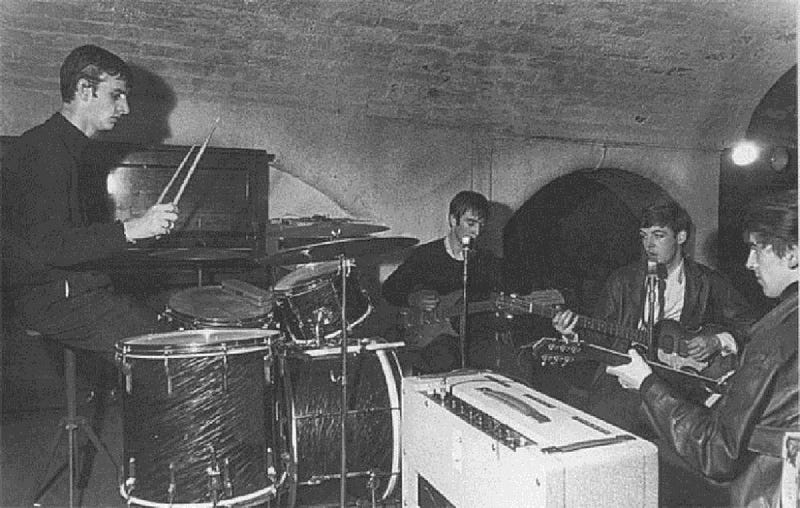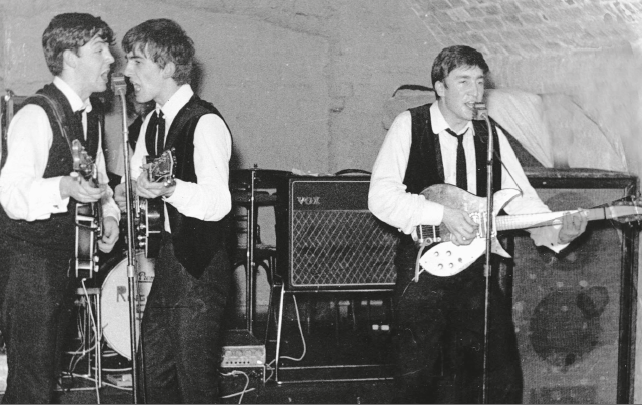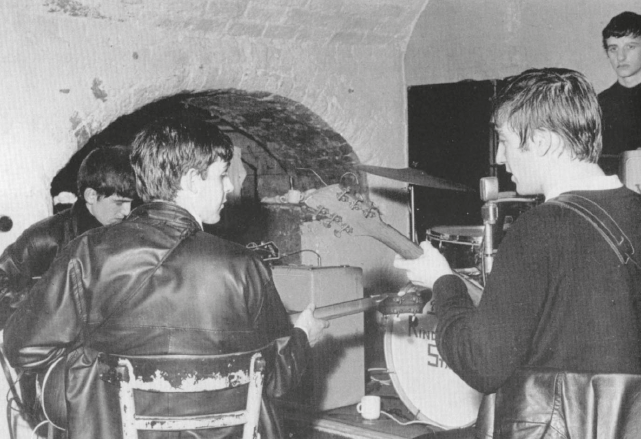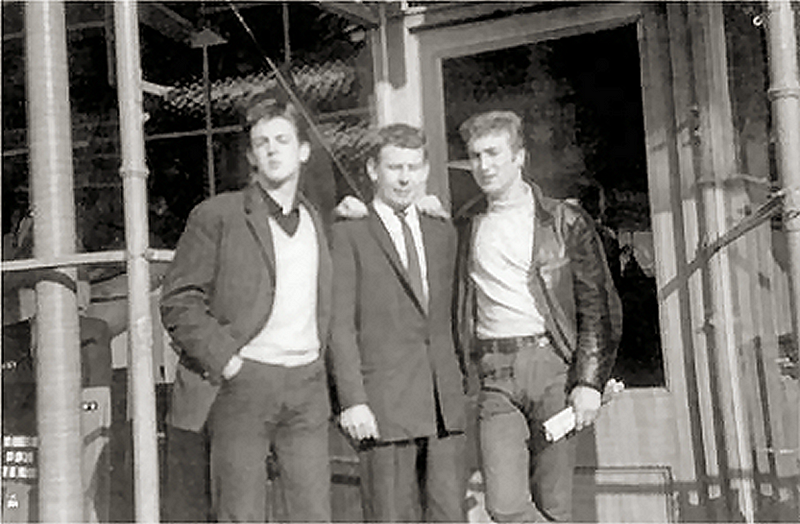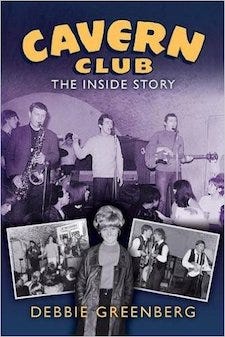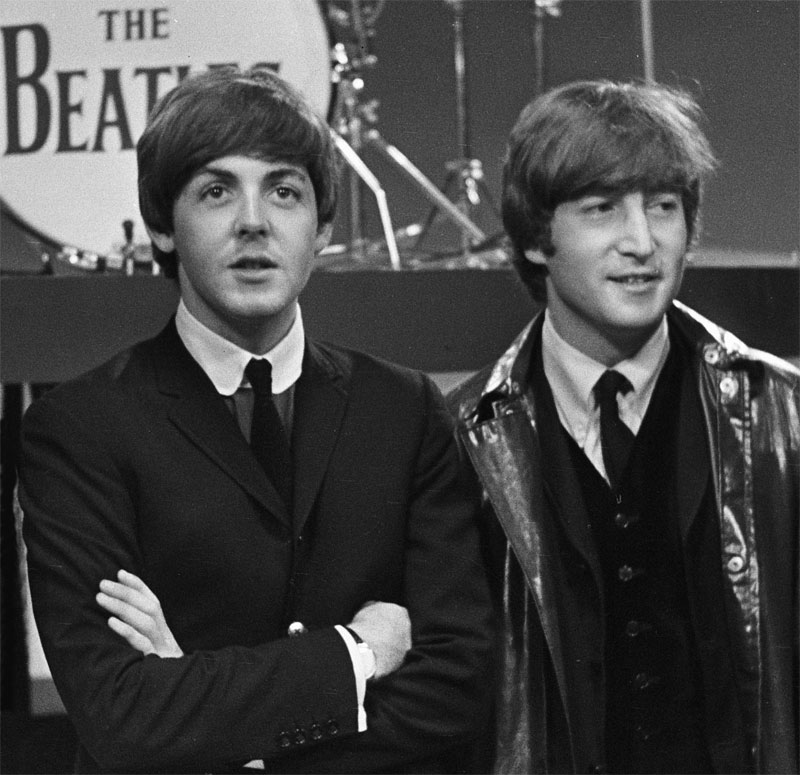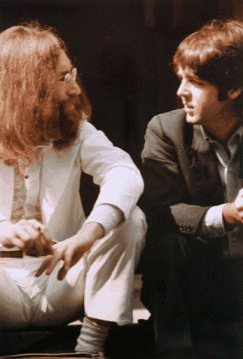'Paul McCartney' performs in Saudi Arabia
LIFE
Tuesday 31 January 2017
Saudis attend a concert by 'Paul McCartney' in Jeddah on January 30, 2017. It was the the first major concert in the kingdom in seven years. Photo: AMEER ALHALBI / AFP
JEDDAH - Saudi Arabia's "Paul McCartney" took to the stage in Jeddah late on Monday for a rare concert in a kingdom seeking to boost entertainment despite religious warnings of "depravity".
The performance by Mohammed Abdu, a mustachioed singer popular throughout the Arab world, was the first major concert in seven years in Jeddah, the kingdom's second city, according to Arab News.
About 8,000 enthusiastic and mostly young fans -- all male -- filled an indoor sports venue for Abdu's romantic and patriotic songs, an AFP photographer said.
فنان العرب #محمد_عبده | @Mohammed_Abdu— تي ڤي الخليج 🇰🇼 (@TvGulff) 31 de enero de 2017
الفنان #رابح_صقر | @RabehSaqer
البرنس #ماجد_المهندس | @majidalmohandis
من #حفلة_جدة 30.1.2017 🎶 pic.twitter.com/8BRVjReRCc
He was backed by an Egyptian orchestra and performed alongside another Saudi artist, Rabeh Sager, and Iraqi-Saudi singer Majid al-Muhandis.
Abdu was to sing in Riyadh in September but the show was cancelled without explanation. It would have been the first live concert held in the capital in 24 years, local media said.
The Islamic kingdom bans alcohol, public cinemas and theatres, and normally segregates men and women in public.
But as part of wide-ranging economic and social reform efforts started last year, a new entertainment authority has already brought in some foreign shows, seen by limited audiences.
Those reforms are led by Deputy Crown Prince Mohammed bin Salman, 31, who faces resistance from religious conservatives.
Saudi Arabia's highest-ranking cleric warned in early January of the "depravity" of cinemas and music concerts, saying they would corrupt morals.
"We know that singing concerts and cinemas are a depravity," Grand Mufti Abdulaziz al-Sheikh said, quoted by online newspaper Sabq which is close to the authorities.
Eman al-Nafjan, a veteran blogger on Saudi society, culture and women's issues, in 2008 compared Abdu to the legendary British musician and former Beatles member Paul McCartney.
"What also made Abdu such a hit is his clean reputation for being a family man," Nafjan wrote.
Jeddah, on the Red Sea, is widely considered somewhat more liberal than the capital in the kingdom's centre.
AFP







